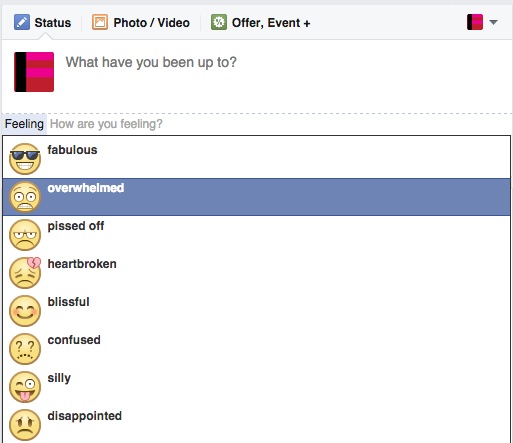
Just a few odds and ends about 2014 before it comes to a close. Not to be a total downer, but this was a year filled with disappointment. I’d rather not write that same sentence next year, so here’s hoping that 2015 will be without monochrome paintings that all look alike, another too-big biennial, or sexism disguised as art.
That’s not to say there weren’t moments of goodness, but these were often overshadowed by stupidity and bickering. From Donelle Woolford at the Whitney Biennial to Ryder Ripps’s art whore project, flaming words abounded on the net over the art world’s idiocies, oversights, and mistakes. One nasty lesson of 2014 is that ingrained prejudice doesn’t go away just because you talk about it. In 2012, Ken Johnson wrote a line about how female artists might not appeal to collectors due to the “nature” of their work. This year, he reviewed Whitney Biennial curator Michelle Grabner’s exhibition at James Cohan and dismissed the work as the product of a “soccer mom.” Meanwhile, Ryder Ripps, who conceded that he had regrets about his “Art Whore” project after an uproar over the internet, will still launch an exhibition called “Ho” in 2015. This show will consist of appropriated and manipulated Instagram images of model and health-and-fitness guru Adrianne Ho. Will we have to talk about this too? Maybe not. Kesh Girls was supposed to showcase forward-thinking women of the Middle East and mostly received acclaim. It was really just fashion-y shit disguised as art.
Formalism is a plague on the art world. We’ve all heard about zombie abstraction, but what do we call work like Kesh Girls or Walead Beshty’s “Performances Under Working Conditions” which so aestheticize their subject matter that it mutes any actual social commentary? In the office we’ve been calling these artists the “virtuous formalists.”
Perhaps the country as a whole, though, is just lacking in vision. Both the Whitney Biennial and Prospect biennial were lackluster. The Whitney Biennial seems to do nothing more than showcase the tastes of a different curator every other year. This year, it showcased the tastes of three different curators. Prospect brought in a diverse cast of artists, but without many projects showing an investment in local artists, organizations, or institutions, it seemed like an exhibition flown in and scattered throughout New Orleans. (After this year’s edition, Prospect will now officially become a triennial.)
Social practice, a term that’s been on the upswing for some time, saw its New York debutante ball when the Open Engagement conference came to Queens earlier this spring. In Chicago, “A Lived Practice,” a conference on social practice begged the question of whether social practice seems to be in the running for the most widely applied term with a definition few can agree upon, and whether overt activism is too closely associated with the form.
Still, there were some hopeful moments for change. Between the formation of ASAP, a group working to prevent rampant rent increases, and the popularity of the BHQFU free university, you know there are still many working to democratize art—or at the very least to untie creativity from commodification. (Not even museums are safe from becoming showrooms for art sales.) And there were some great shows across the city. Every single exhibition I’ve visited at Interstate Projects, for example, has been incredible. From Daniel Leyva’s Medieval basement rave party to Sing’s Millenium Mart, with specially built bleachers for performances, this gallery does more to transform its space than almost any other.
Performance, perhaps because it’s always engaged less with the market, exerts more excitement than many other mediums in the city. There is no greater divide between say-nothing formalism and narrative-driven performers like My Barbarian spin-off Courtesy the Artists. Their one-off performance “Songs of the Civil War” at the Studio Museum in Harlem proved that art can be poignant, silly, and of-the-moment, but without the bro-type pandering found in art exhibitions like DISown which partakes in an absurd celebration of corporate branding and/or gross-out humor. (Of course, movies like The Interview do just the same.)
For those who were hoping the DIY scene would survive amid the raucous commercial scene, artist-run galleries were kicked out of 17-17 Troutman in Ridgewood, Queens while Gagosian opened up a sushi restaurant. Nom nom, collectors. While you eat, I’m grateful for all the artists, critics, and curators out there who give a damn.


Comments on this entry are closed.